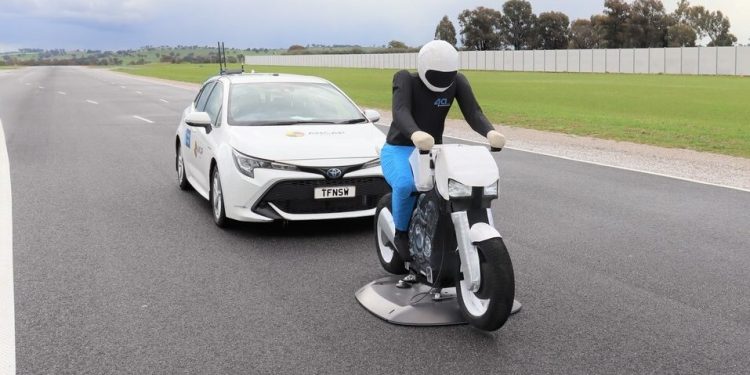ANCAP to expand vehicle safety focus, includes trucks and bikes
Words: Harrison Wade
ANCAP and Euro NCAP have together released their future vision on vehicle safety across Australia, New Zealand and Europe which it aims to establish by 2030.
Key aspects set to join the existing testing regimes of both assessors by the end of the decade include, passive safety tests which take in different genders and ages of vehicle occupants, testing of autonomous and assisted driving systems, fire risk in electric vehicles, and more.
Commercial vehicles and motorbikes will also fall under ANCAP’s assessment regime going forward.
The current four pillar system will also be replaced with a new scheme in 2026 that categorises tests into four different phases of a potential crash. These include, Safe Driving, Crash Avoidance, Crash Protection, and Post-Crash Safety.
Testing protocols are currently updated every two years but will now be updated every three.
“The release of the 2030 future view establishes the key testing and assessment focus areas for the industry – both for our existing automotive industry stakeholders, and for a new cohort of industry stakeholders that have not previously engaged in the NCAP process,” said ANCAP Chief Executive, Carla Hoorweg.
“The move to explore assessment of medium and heavy trucks is a notable shift and seeks to address the overrepresentation of these vehicles in road fatalities and serious injuries.”
“For our existing star rating program, the evolutionary shift in our assessment pillars acknowledges the important role assisted and automated technologies will play in reducing road-related fatalities and serious injuries among light passenger vehicles,” added Hoorweg.
Conveying the close collaboration of the two safety organisations, Euro NCAP Secretary-General, Michiel van Ratingen said, “In support of Vision Zero, ANCAP and Euro NCAP’s non-regulatory influence continues to hold the potential for further improvements in vehicle safety throughout the next decade.”
“Both the Australian and New Zealand governments are targeting zero road fatalities and serious injuries by 2050. ANCAP will play a key role in ensuring today’s vehicles are equipped to deliver on this objective,” added Hoorweg.
A full copy of ANCAP’s future visions for vehicle safety can be found here.





